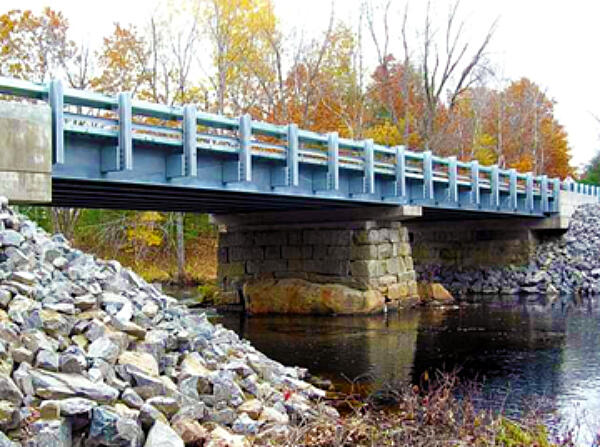Minimizing Warpage & Distortion

Some fabricated structures and assemblies may distort at the galvanizing temperature as a result of relieving stresses induced during steel production and in subsequent fabricating operations. In general, the potential for warpage/distortion can be greatly reduced through design and production engineering measures to avoid high internal stresses. Starting discussions between the designer, fabricator, and galvanizer early in the design process is good practice to ensure alternative design features can be incorporated to prevent issues.
The guidelines for minimizing distortion and warpage are provided in ASTM A384, Safeguarding Against Warpage and Distortion During Hot-Dip Galvanizing of Steel Assemblies. The following design practices and fabrication techniques are known to increase the susceptibility for warpage and distortion and should therefore be minimized or eliminated in bridge design wherever possible.
The galvanizer knows that steel should not be left in the molten zinc bath longer than necessary. A longer than necessary immersion time builds heat in the steel that must be released as the part cools to ambient temperature and can cause increased stress between parts in the assembly. Minimizing immersion times decreases the likelihood of warpage and distortion.